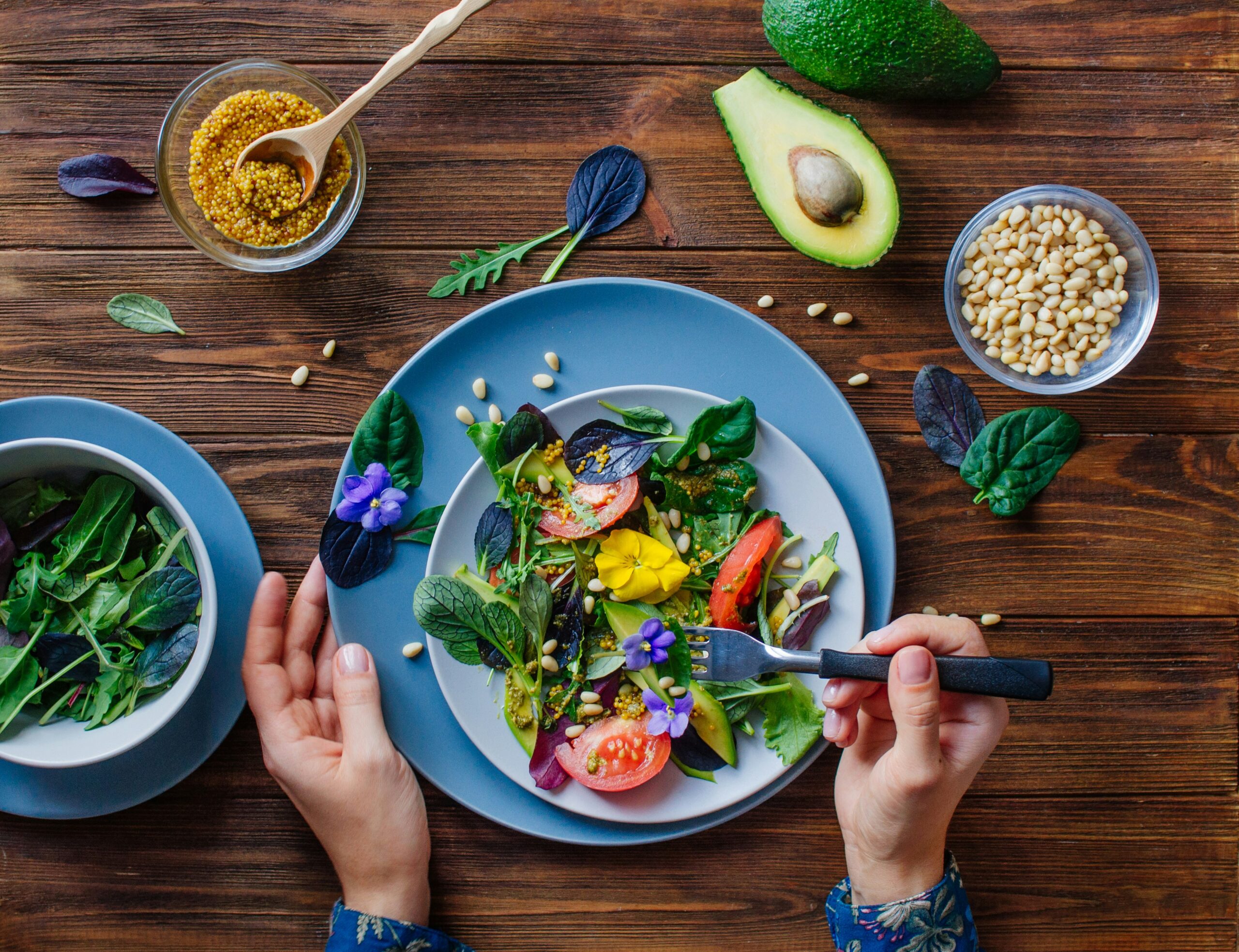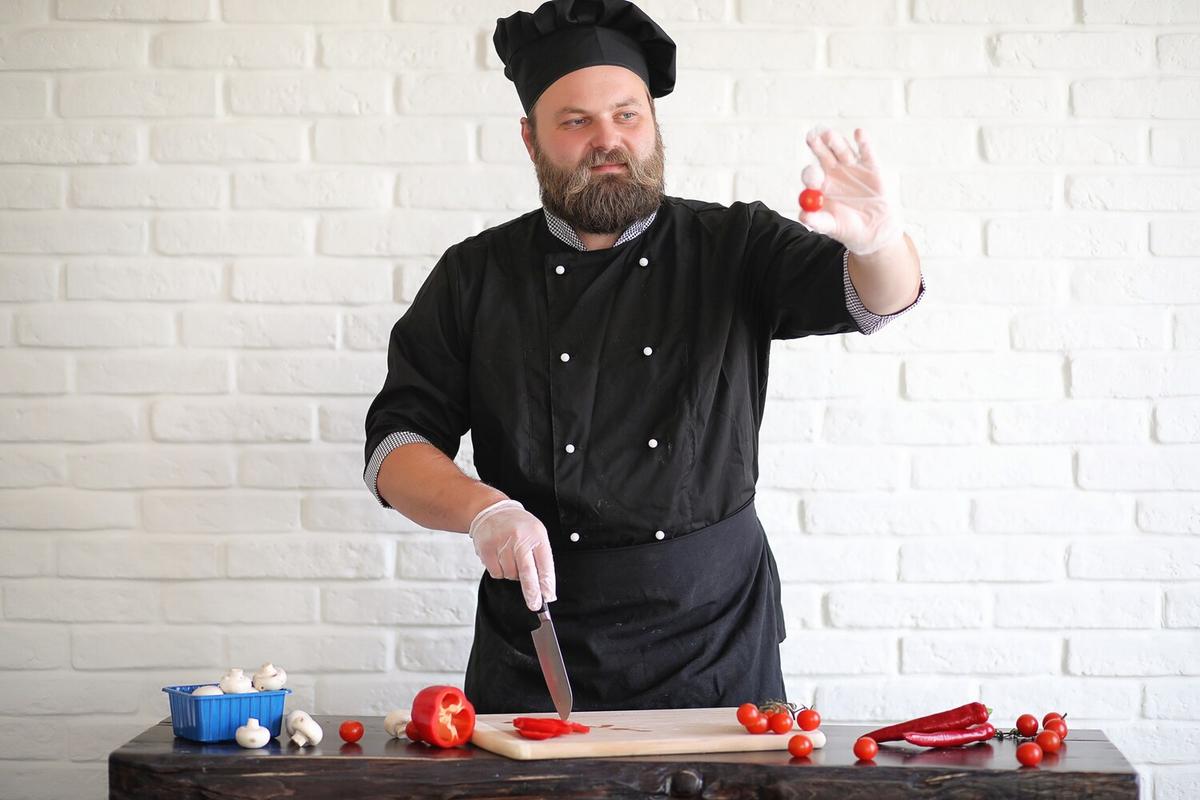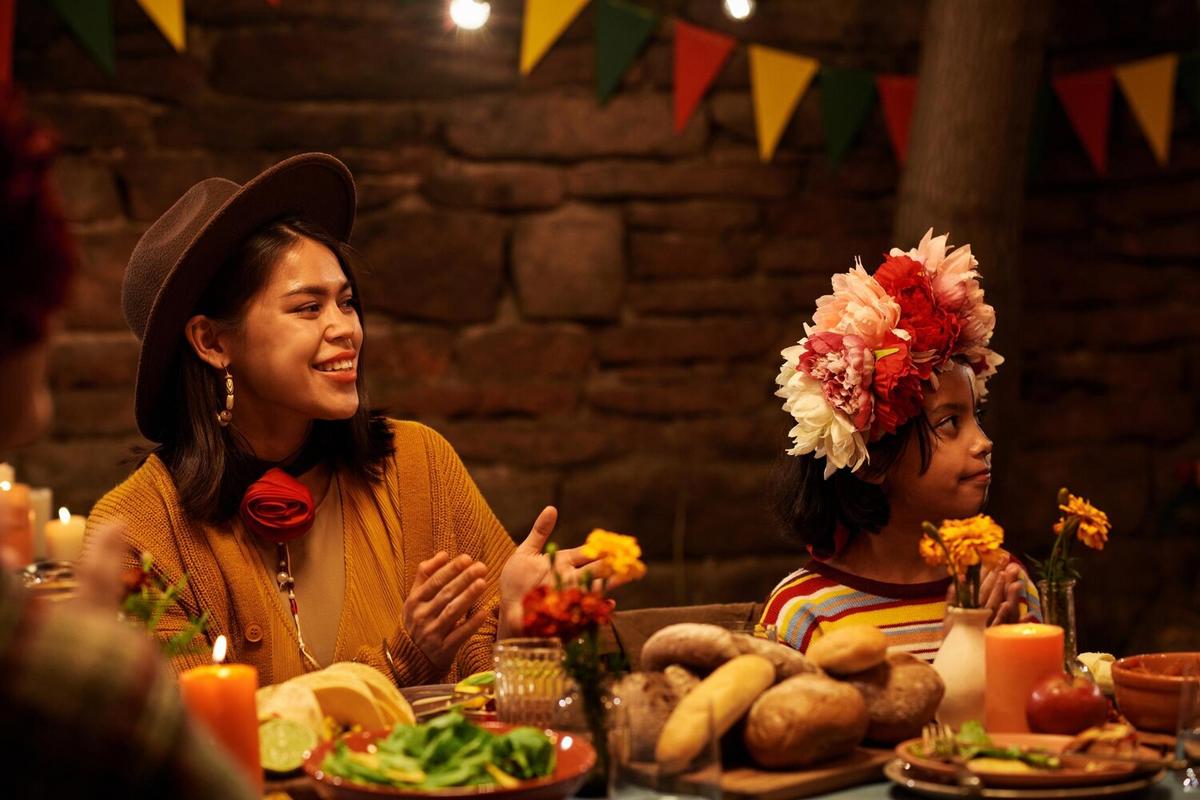
Gluten-Free Cooking: Delicious Recipes for All
Gluten-free cooking has become increasingly popular, not just for those with celiac disease or gluten sensitivity, but also for people looking to explore new culinary horizons. Whether you’re new to the gluten-free lifestyle or a seasoned pro, this guide will provide you with delicious recipes and practical tips to enhance your cooking experience.
Gluten-free cooking can be both a necessity and a delight. The journey often begins with understanding what gluten is—a protein found in wheat, barley, and rye—and why eliminating it can make a significant difference for some individuals. According to a recent survey, nearly 1% of the global population is affected by celiac disease, necessitating a strict gluten-free diet.
Exploring Gluten-Free Ingredients
Switching to gluten-free cooking doesn’t mean compromising on flavor or texture. Ingredients like almond flour, coconut flour, and rice flour are wonderful alternatives to traditional wheat flour. Quinoa, millet, and amaranth are excellent grains that not only add diversity to your meals but also pack a nutritional punch.
Expert Insight
Renowned dietitian Lisa Jones highlights, “Incorporating a variety of gluten-free grains can enhance the nutritional value of your meals while keeping them exciting and flavorful.”
Delicious Gluten-Free Recipes
Here are a few recipes to get you started:
- Gluten-Free Pancakes: Made with almond flour, these pancakes are fluffy and flavorful.
- Quinoa Salad: A protein-packed dish with fresh vegetables and a zesty lemon dressing.
- Chickpea Pasta: A nutrient-rich alternative to traditional pasta, topped with your favorite sauce.
Personal Experience
As someone who adopted a gluten-free diet five years ago, I can attest to the wide range of options available today. Initially daunting, the transition became easier with experimentation and discovering new recipes that quickly became family favorites.
Actionable Tips for Gluten-Free Cooking
- Always read labels carefully to ensure products are truly gluten-free.
- Experiment with different flours to find your preferred taste and texture.
- Invest in a good gluten-free cookbook for inspiration and guidance.
Comparison Table of Gluten-Free Flours
| Flour Type | Texture | Best Uses |
|---|---|---|
| Almond Flour | Moist | Baking, breading |
| Coconut Flour | Dense | Baking, thickening |
| Rice Flour | Light | Baking, frying |
| Sorghum Flour | Soft | Baking, pancakes |
| Chickpea Flour | Nutty | Pasta, batters |
| Quinoa Flour | Earthy | Baking, pancakes |
| Teff Flour | Fine | Flatbreads, muffins |
| Millet Flour | Crunchy | Cookies, breads |
Frequently Asked Questions
What is gluten?
Gluten is a protein found in wheat, barley, and rye that gives dough its elasticity.
Can gluten-free diets benefit everyone?
While essential for those with gluten-related disorders, others may choose it for dietary variety or perceived health benefits.
How do I avoid cross-contamination?
Use separate utensils, cutting boards, and toasters to prevent gluten contamination.
Conclusion
Embracing a gluten-free lifestyle doesn’t have to be restrictive or bland. With the right ingredients and a bit of creativity, your kitchen can become a hub of delicious and nutritious meals. Start exploring the world of gluten-free cooking today, and you’ll soon find it a rewarding and flavorful journey.


